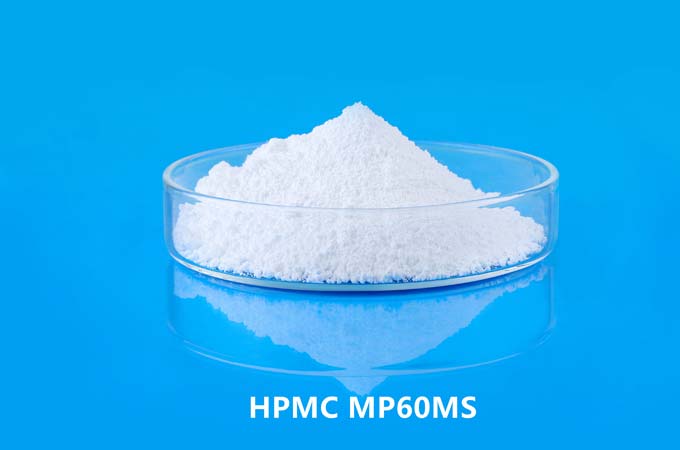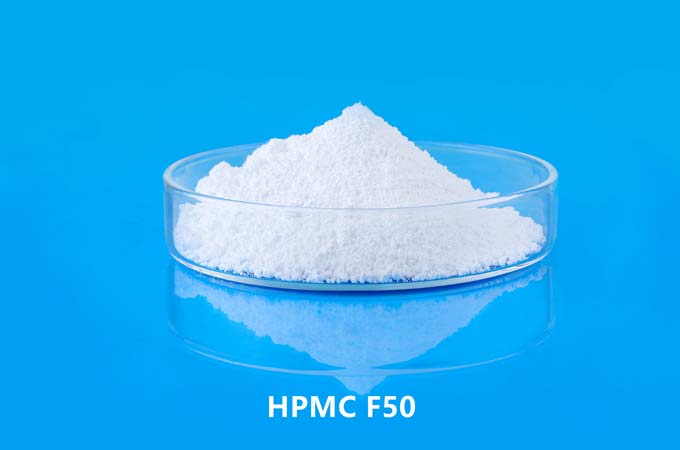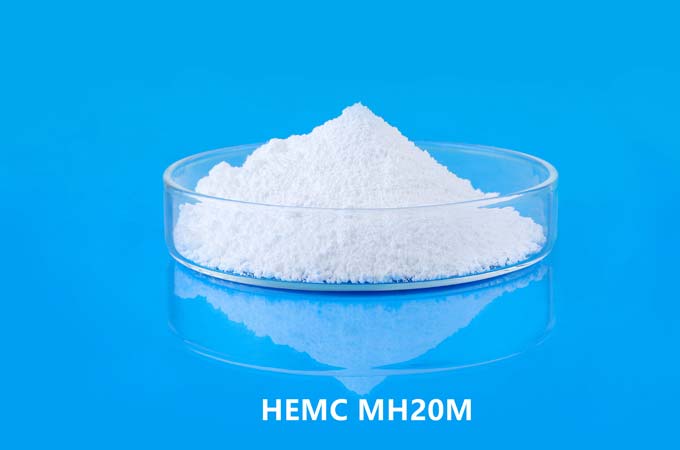Hydroxypropylmethylcellulose (HPMC) is a widely used polymer with numerous applications in the pharmaceutical, food, cosmetic and construction industries. Its pH stability is a key factor in determining its performance and suitability for various formulations.
Chemical structure of HPMC:
HPMC is a derivative of cellulose, a natural polymer found in plant cell walls. The hydroxypropyl and methyl substituents in HPMC give it unique properties. The chemical structure of HPMC gives it solubility and stability properties, making it versatile in a variety of formulations.
Behavior in different pH environments:
The pH stability of HPMC is affected by its behavior in different pH environments. HPMC is generally stable over a wide pH range, making it suitable for applications where the pH of the formulation may vary. Under acidic conditions, hydroxypropyl and methyl groups on the cellulose backbone prevent acid-catalyzed degradation, thus contributing to the stability of HPMC. Likewise, under alkaline conditions, HPMC remains stable due to the presence of these protecting groups.
Application and formulation:
drug:
HPMC is commonly used in pharmaceutical formulations, including tablets, capsules, and ophthalmic solutions.
In oral formulations, HPMC uses in pharmaceuticals has controlled-release properties that ensure the drug is released at the desired rate in the gastrointestinal tract.
The pH stability of HPMC is critical to maintaining the integrity and performance of pharmaceutical formulations, especially given the varying pH conditions within the human body.
food industry:
In the food industry, HPMC is used as a thickener, gelling agent, stabilizer and emulsifier.
Its pH stability is important in food applications where pH may vary, such as acidic fruit products or alkaline dairy formulations.
cosmetic:
What is HPMC solution in cosmetic areas? HPMC is found in a variety of cosmetic products such as creams, lotions, and shampoos.
Its pH stability ensures that cosmetic formulas remain effective and safe when used on skin and hair.
Building materials:
In the construction sector, HPMC is used in cement-based products such as mortars and plasters.
The pH stability of HPMC is critical in these applications to maintain the structural integrity of the final product, especially in environments with fluctuating pH levels.
Factors affecting pH stability:
Degree of substitution:
The degree of substitution of hydroxypropyl and methyl groups on the cellulose backbone affects the pH stability of HPMC. Higher degrees of substitution generally enhance stability.
Particle size:
The particle size of HPMC affects its dissolution rate and thus its stability in different pH environments. Finer particles may dissolve faster.
temperature:
Increased temperature accelerates chemical reactions and may affect the stability of HPMC. However, under normal processing and storage conditions, HPMC exhibits good stability.
Co-solvents and excipients:
The presence of co-solvents or other excipients in the formulation can affect the pH stability of HPMC. Compatibility studies should be performed to ensure stability of complex formulations.
Hydroxypropyl methylcellulose (HPMC) is known for its excellent pH stability, which contributes to its wide application in various industries. Its versatility in different pH environments makes it a valuable ingredient in pharmaceuticals, foods, cosmetics, and construction materials. The chemical structure of HPMC, together with factors such as degree of substitution, particle size, temperature, and presence of cosolvents, determines its stability.
 English
English 日本語
日本語 français
français Deutsch
Deutsch Español
Español italiano
italiano русский
русский português
português العربية
العربية Türkçe
Türkçe Nederland
Nederland



